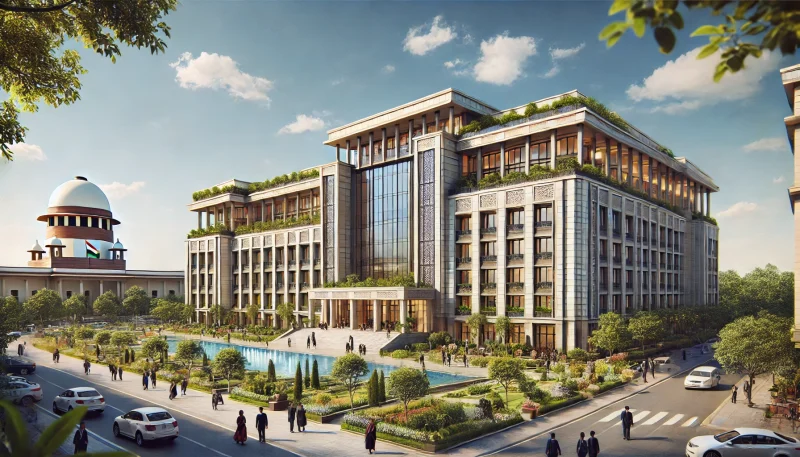The Delhi Court has made a groundbreaking move to modernize its judicial processes by launching its first-ever “Pilot Hybrid Court” equipped with an AI-powered speech-to-text facility. This innovative courtroom, located at Tis Hazari Court, was unveiled by Acting Chief Justice of the Delhi High Court, Justice Manmohan.
Technological Advancements in Court Proceedings
This new court boasts a cutting-edge AI system designed to automate the transcription of court proceedings. Traditionally, stenographers manually transcribed spoken testimony and arguments. Now, the speech-to-text system utilizes Automatic Speech Recognition (ASR) and Large Language Models (LLMs) to convert spoken words into written text in real-time. This technology offers numerous benefits:
- Increased Efficiency: The AI system significantly reduces the time required for evidence recording, enabling judges to concentrate more on the proceedings and deliver rulings promptly.
- Enhanced Accuracy: By minimizing errors and missed details, the AI system improves the overall accuracy and reliability of court records.
- Addressing Stenographer Shortage: Automating transcription helps to mitigate the ongoing shortage of stenographers in courts.
Justice Manmohan’s Vision
At the inauguration, Justice Manmohan emphasized the critical role of technology in enhancing legal efficiency and reducing delays. He stated, “Technology must be utilized to enhance the legal system and reduce delays in justice delivery. We have to use and harness technology to improve the legal system to ensure that the people who are accused of crimes are brought to book, and the delays have to be cut short. The only way to ensure that the system works properly is to ensure that good technology is brought into the system.”
Future Implications
The pilot program at Tis Hazari Court will be closely monitored to assess its effectiveness. If successful, this AI-powered approach to evidence recording could be expanded to other courtrooms across Delhi and potentially throughout India. This adoption of advanced technology marks a significant step toward modernizing the judiciary and enhancing the delivery of justice.
